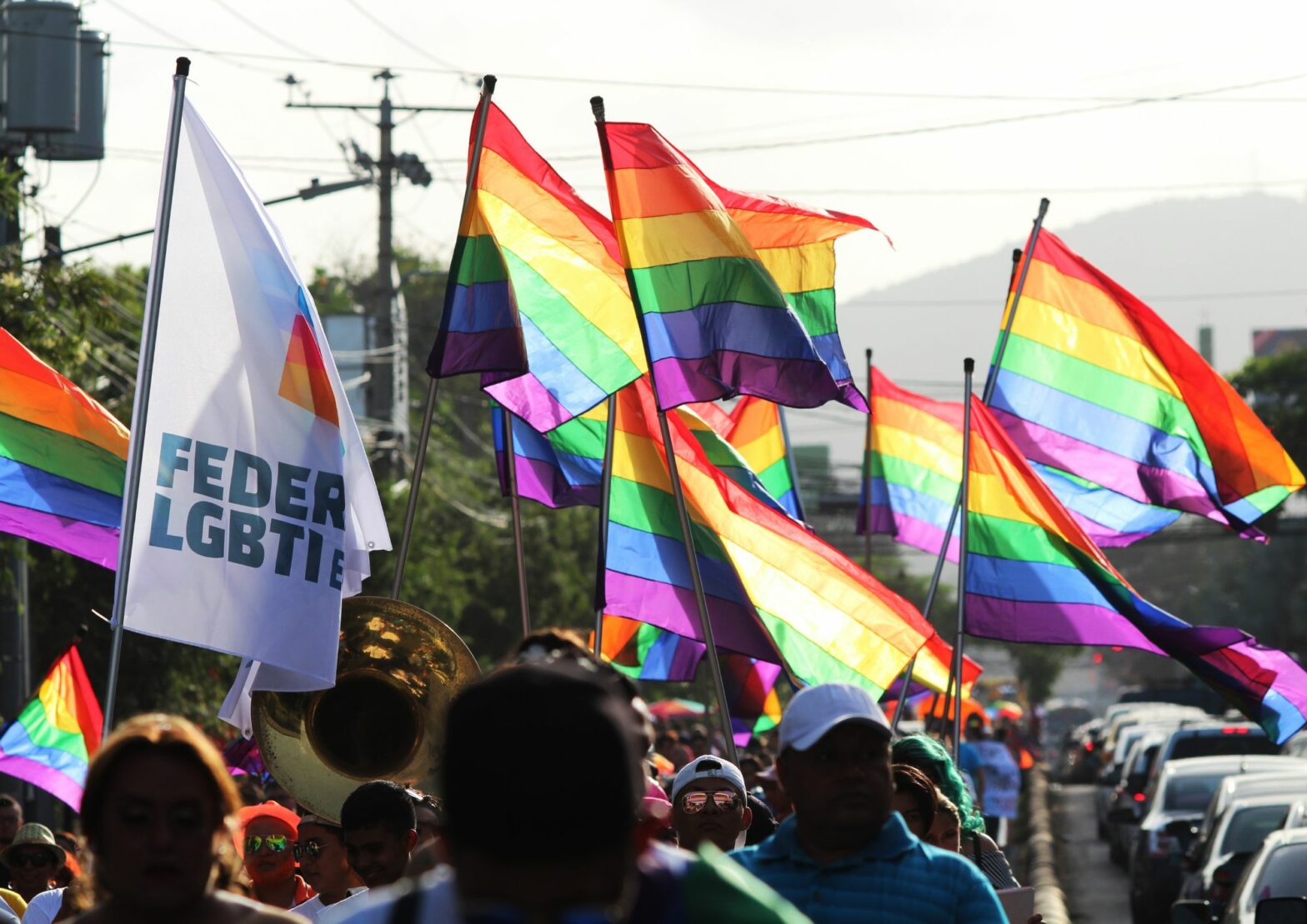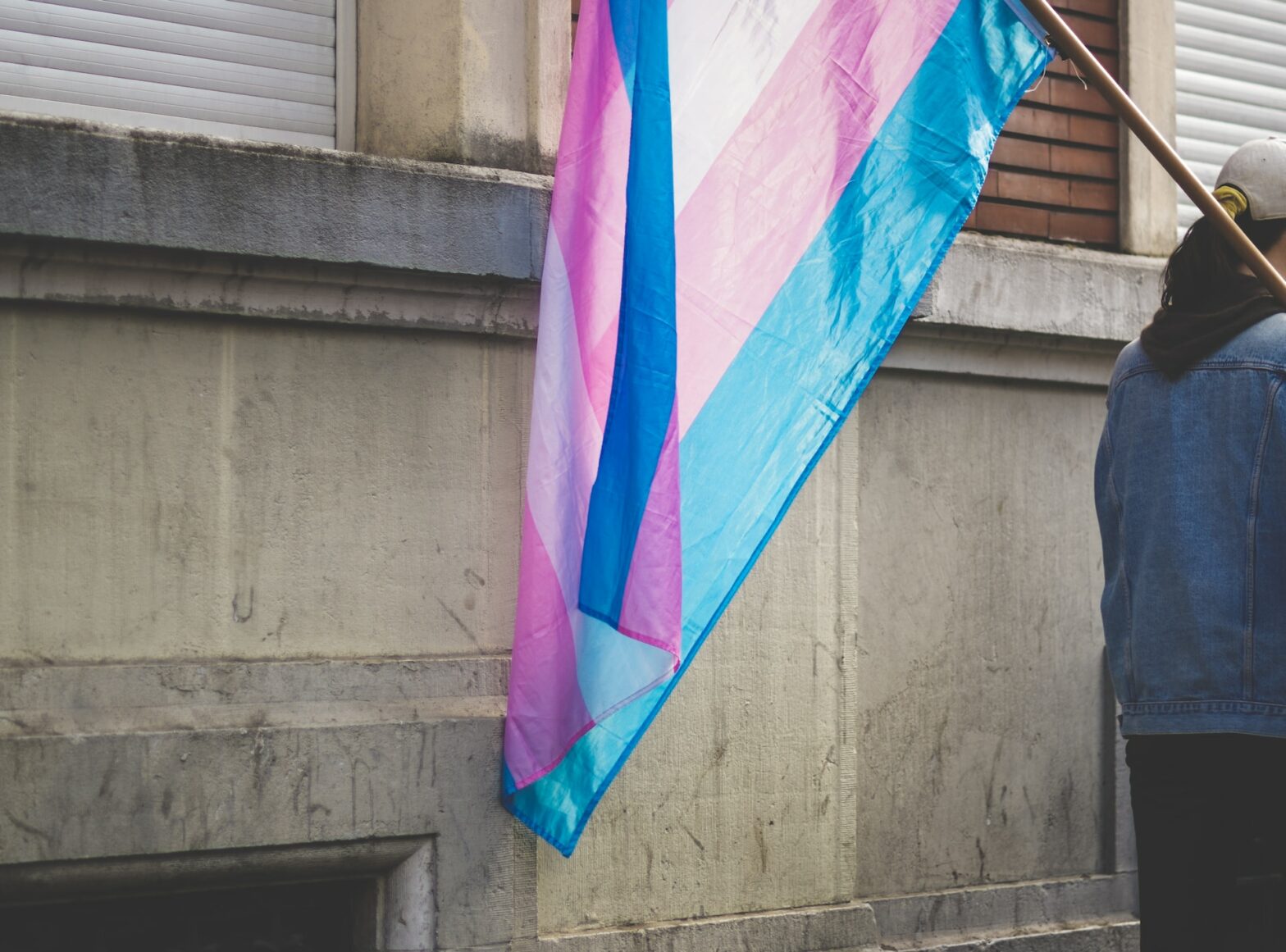Share Twitter Facebook Email Copy URL
Stateless people can be especially vulnerable when they find themselves in an armed conflict, because they are suspected and persecuted from all sides. Conflict-induced displacement creates yet more risks of statelessness. But paradoxically, a conflict may also reduce the number of stateless people as governments try to appease certain groups.
Syria had several historic statelessness problems prior to the conflicts that began with the Arab Spring of 2011. Some 300,000 Kurds living in the northeast of the country were deprived of citizenship. More than 500,000 Palestinian refugees living in Syria could also be considered as stateless – though the UN High Commissioner for Refugees (UNHCR) does not include Palestinian refugees in its statistics of stateless persons. Discriminatory laws and practices meant women could not confer their Syrian nationality to their children in the same way as men.
Syrian Palestinians trace their lack of citizenship back to the formation of Israel in 1948. The Protocol for the Treatment of Palestinians in Arab States excluded Palestinian refugees from naturalization as Syrian citizens. This “Casablanca Protocol” was intended to protect their right to return to Palestine. But it has led to a multi-generational limbo, where the Palestinians lack both a state of their own and citizenship of any state at all. The Kurds attribute their statelessness to discrimination at the hands of the Syrian state and its ideology of Arab nationalism, which excluded them. In 1962, many Kurds became stateless almost overnight when a population census was combined with a campaign of ethnic-based persecution.
Since 2011, war has affected the situation of statelessness in various ways. Under pressure from opposition movements, the Syrian government sought to appease the historically restive Kurdish community by granting citizenship to some stateless Kurds in an attempt to deter them from joining the uprising. While they welcomed the chance to receive citizenship, many Kurds rejected the naturalization process. In their opinion, it was a politically calculated move rather than a recognition of their legitimate rights. The UNHCR estimates that 160,000 stateless Kurds still live in Syria. But it is not clear how accurate this figure is as it relies on Syrian government statistics, and does not include stateless Kurds who live outside Syria – including many refugees.
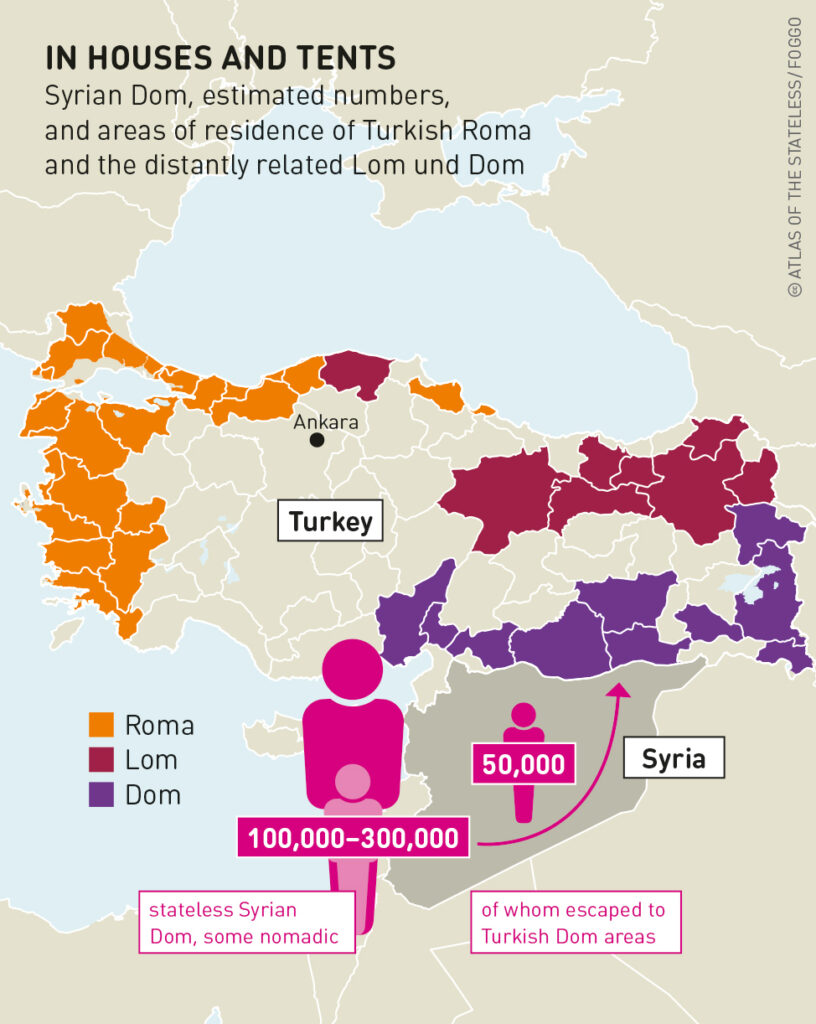
in the Middle East. They are mainly
known as informal dental technicians
The conflict has made life even more difficult for stateless Kurds and Palestinians who have been displaced within and outside Syria. At checkpoints within the country, many stateless people do not have documents to present. They face yet more difficulties when they cross international borders, seek recognition in other countries, and reunite their families outside Syria. Travel documents or temporary residency cards are only available to people who are registered with the General Authority for Palestinian and Arab Refugees – meaning those who entered Syria in 1948. When seeking asylum outside Syria, many find it impossible to prove that they are stateless.
The conflict has triggered new instances and risks of statelessness, particularly for children born to displaced parents. Under Syria’s nationality law, mothers can pass on their citizenship only if their child is born on Syrian territory. Given the large numbers of children born to Syrian refugee families over the last decade, many of these children may be left stateless.
Daesh (the so-called Islamic State) and other armed groups set up their own systems of government in the areas they controlled. That created new questions about the legal nationality of children born in these areas, including children born to (Iraqi) Yezidi mothers who were captured and raped by Daesh fighters. Because their own society stigmatizes them as “terrorist children”, they and their mothers may need extra protection. But being stateless prevents them from being resettled or benefiting from other humanitarian schemes.
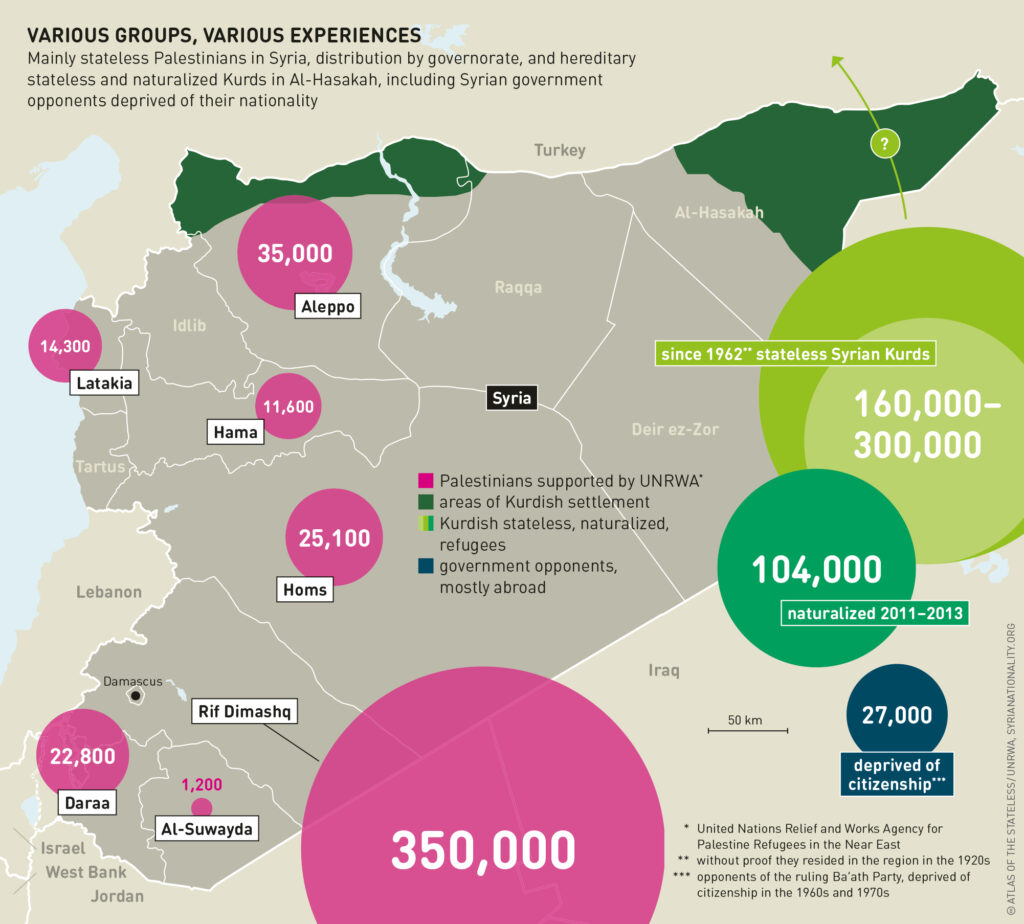
While millions have fled Syria, smaller numbers of people have traveled in the opposite direction – some of them to join armed groups. Around the world, countries strip citizenship from their nationals to punish them for disloyalty or for reasons of “national security”. Syria has become a laboratory for statelessness with regard to those associated with Daesh. This situation is setting a dangerous precedent for the arbitrary deprivation of citizenship worldwide.
Since 2011, the overall picture in Syria has shifted. The risks and causes of statelessness have changed. With the naturalization of Kurds and the displacement of stateless people, the number of stateless persons may actually have decreased. But the number of stateless people coming from Syria has increased. Statelessness and displacement are interrelated: being stateless makes people more vulnerable and so more likely to flee, and displacements in turn cause some people to become stateless. For Syrian children born abroad, statelessness may prove to be a huge problem for decades to come.
This contribution is licensed under the following copyright licence: CC-BY 4.0
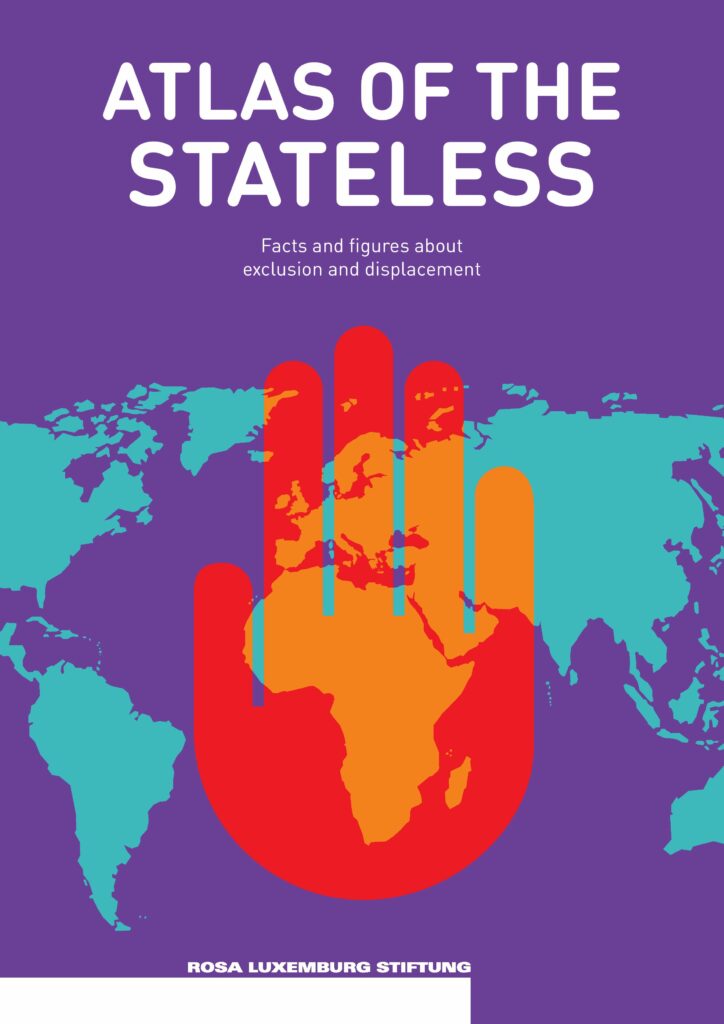
The article was published in the Atlas of the Stateless in English, French, and German.
